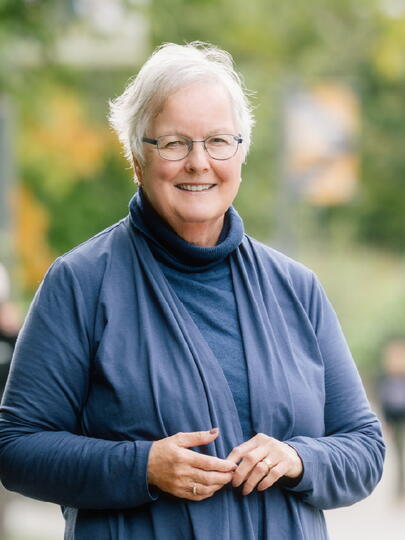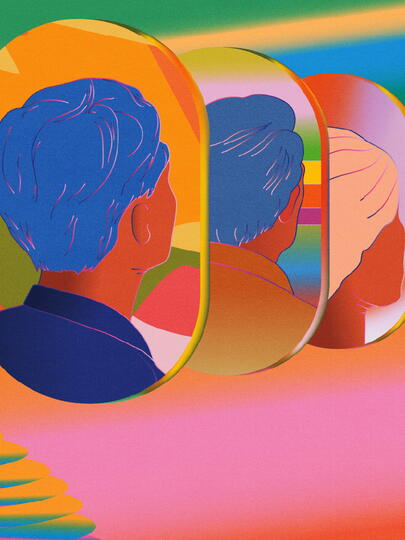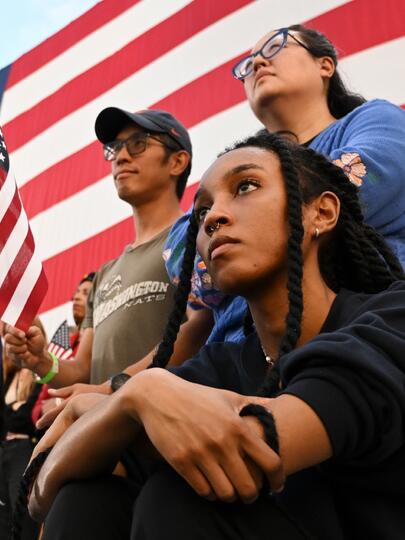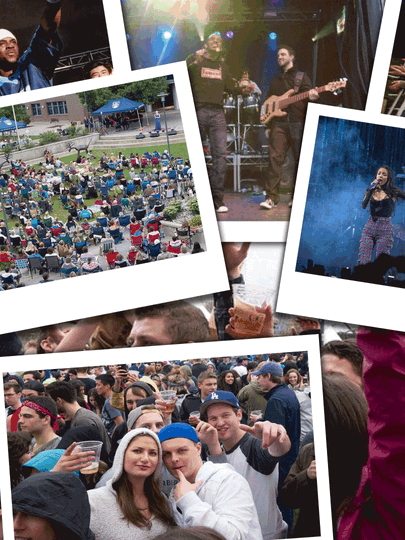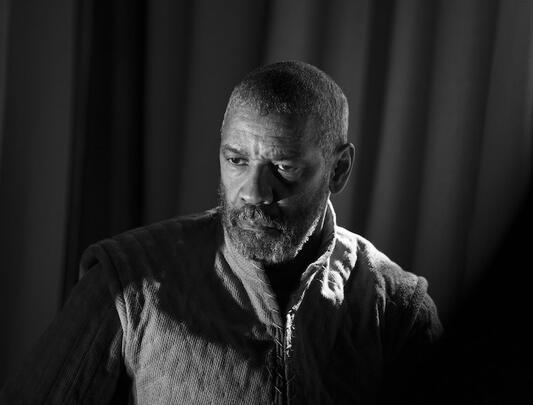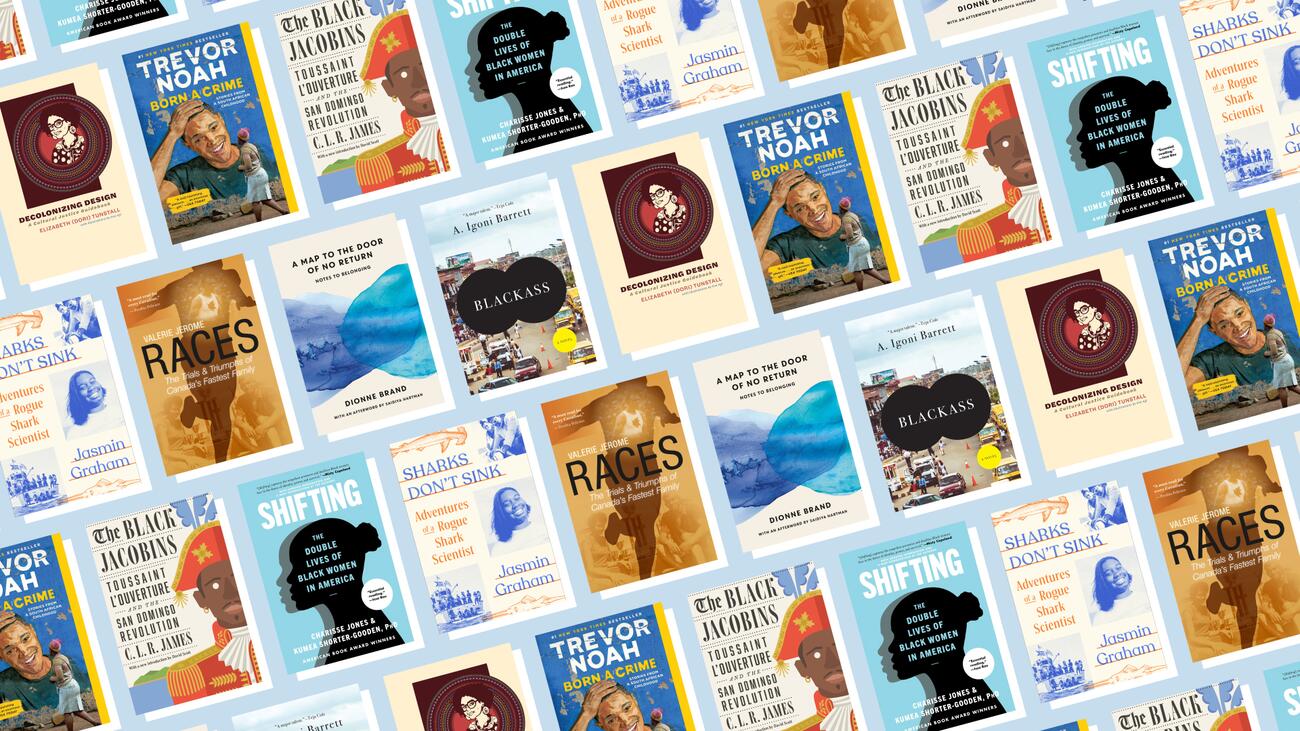
What to read during Black History Month and beyond
Celebrate Black voices and stories with these recommended reads from eight Black scholars at UBC.
February is Black History Month, a special opportunity to learn about and pay tribute to the histories, contributions, and accomplishments of Black communities in Canada and beyond.
To honour this important month, UBC Magazine invited Black scholars from diverse disciplines across the university to share one book by a Black writer that has stayed with them — a work that has been personally meaningful, inspiring, or transformative.
Spanning fiction and non-fiction and featuring local and international authors, including UBC Education alum Valerie Jerome (BEd’79), this list of recommended reads from eight UBC scholars serves as a great starting point for better understanding the diversity of Black experiences, perspectives, and achievements. We hope you'll be inspired to explore these stellar works not only during Black History Month but throughout the year as well.
Dr. Annette Henry
RECOMMENDED READ
Races: The Trials and Triumphs of Canada’s Fastest Family
By Valerie Jerome, BEd’79
Goose Lane Editions, 2023
SYNOPSIS
As the title suggests, Races documents the outstanding trajectories of sibling Olympic athletes Valerie and Harry Jerome. Races is about more than sports, however. Valerie Jerome tells her own story on her own terms, recounting her life from childhood to the 1980s, a life intertwined with that of her brother, and with the complicated lives of other Jerome family members. She describes the beautiful and the cruel moments — the love of her father, the bonds with her siblings, the hardships endured by all family members in a racist society, and the challenges of growing up Black and attending school in North Vancouver.
SIGNIFICANCE
I love language. I love good writing. Valerie Jerome is a beautiful and captivating writer who uses language skillfully, documenting her life, and that of her family, leaving no stone unturned. She frankly discusses topics often not openly broached, even in 2025: a complicated, sometimes hostile mother, interracial marriage, the ubiquity of racism — in neighbourhoods, workplaces, the media, to name a few.
As a researcher, I delighted in the first-hand documentation of conditions of 20th-century Black lives in Vancouver and names of Black people in local history who have made important contributions. As an educator, I enjoyed Jerome’s depictions of teaching children and the gentleness of her relationships with students. When one reads histories about Black British Columbians, rarely are they written by Black women nor about Black women. We crave this perspective as Black women. These are just a few of the reasons I recommend this book.
Dr. Daniel Pauly
RECOMMENDED READ
Sharks Don’t Sink: Adventures of a Rogue Shark Scientist
By Jasmin Graham
Pantheon, 2024
SYNOPSIS
In Sharks Don’t Sink, Jasmin Graham recounts her childhood fascination with sharks and her subsequent journey to study one of nature’s most misunderstood creatures. The book goes beyond her intellectual curiosity with sharks to detail her travails in graduate school, including the formidable barriers she faced as a Black woman in her field, which ultimately led her to leave her PhD program and pursue her passion outside of academia — as a “rogue scientist.” In the process, she founded Minorities in Shark Science, an organization that supports women of colour in the field.
SIGNIFICANCE
I first learned about Jasmin Graham in profiles published in Science and The New York Times, something usually reserved for Nobel-level scientists, not researchers who quit graduate school. Then I read her book, and it became clear why Graham stands out.
It is not because of her lifelong love for sharks or her academic accomplishments — though they are impressive. Rather, she stands out because she managed to work in spite of the toxicity that pervaded the various academic institutions she attended and which she experienced from the very persons who should have been her mentors, colleagues, and friends, but who weren’t — simply because she is a Black woman.
Biases in science express themselves as issues that are not pertinent to the question at hand. Graham studies sharks, but was forced to deal with non-shark issues. She did it masterfully. Hopefully, she will return to academia, get her PhD, and become a professor — we need more professors like her.
Oludolapo Makinde, LLM’19
Recommended Read
Born a Crime: Stories from a South African Childhood
By Trevor Noah
Spiegel & Grau, 2016
Synopsis
Trevor Noah, a comedian and former Daily Show host in the United States, recounts his experiences growing up in apartheid South Africa in this compelling autobiography.
The book’s provocative title reflects Noah’s tenuous origins as the child of an interracial relationship that was illegal under apartheid’s racial segregation laws, and the subsequent struggles he faced as an individual who was, essentially, “born a crime.” Through humour and wit, Noah shares captivating and poignant tales of his experiences growing up as a “coloured” child, grappling with his identity, navigating love and friendship, and learning profound lessons from his mum, a central figure in the story.
Significance
Born a Crime stands out not only because it offers a glimpse into Noah’s coming-of-age experience but also because it provides insight into what it was like to live in apartheid South Africa and what families experienced as a result of legislated segregation. The story resonates with me because it showcases the strength and resilience of a powerful Black woman — Noah’s mother, Patricia Nombuyiselo, a remarkable Xhosa woman who defied apartheid’s restrictions and the constraints of a patriarchal society. She “refused to be bound by ridiculous ideas of what Black people couldn’t or shouldn’t do,” writes Noah, and consequently raised her children as if “there were no limitations.” This book inspires me to be more courageous and fearless in being who I am and in pursuing my dreams.
Dr. Tolulope Akinwole
RECOMMENDED READ
By A. Igoni Barrett
Graywolf Press, 2016
SYNOPSIS
A jobless young man in Lagos, Nigeria, sleeps and wakes up to discover that he has turned white — well, all parts of his body except his buttocks. Bewildered, he leaves home and goes the length and breadth of his busy city in search of a job. He encounters strangers, opportunists, and capitalists looking to instrumentalize his skin colour. This story follows his encounters and internal struggles in his quest to reinvent himself.
SIGNIFICANCE
While this novel is easily compared to Franz Kafka’s Metamorphosis, it also importantly returns us to the humorous literary works that problematize a bodily understanding of Blackness. Think here of George Schuyler’s Black No More (which is another must-read). Blackass thrusts its readers into the topsy-turvy of urban Lagos, and at the same time, it overlays the usual hustle-and-bustle feel of Lagos with the discourse of racial belonging.
I often return to this novel to think about Blackness in a space like Lagos where whiteness is conspicuously absent or understated. Blackass offers some nuance to what tends to be the go-to response of Africans to anti-Black racism in the West: “I was not Black until I came to the US [or any other Western country].” That, for me, is why I may be caught reading it for pleasure or teaching it in class. Its irony and playfulness (which includes an entire section in Twitterspeak) invite readers to partake in the protagonist’s journey; and it is a journey worth taking through the streets of Lagos.
Dr. Alexis McGee
Recommended Read
Shifting: The Double Lives of Black Women in America
By Charisse Jones and Kumea Shorter-Gooden
HarperCollins, 2003
Synopsis
This non-fiction book describes the pressures Black women feel to “shift” in multiple ways for survival. Perhaps a precursor to Dr. Moya Bailey's conversations about “misogynoir” — the oppressive confluence of racism and misogyny that Black women face — this work includes both statistical and narrative forms validating and naming numerous Black women's experiences with shifting our language, appearance, behaviour, and much more.
Significance
This work is personally impactful to me because it was one of the first books I encountered that detailed the kinds of interpersonal relationships I have to navigate on a daily basis. It also helped me understand the deep and far-reaching impacts (i.e., the types of harm — both physically and psychologically) these relationships can trigger for those of us who navigate the world as a Black woman.
Dr. Peter James Hudson
Recommended Read
The Black Jacobins: Toussaint L'Ouverture and the San Domingo Revolution
By C.L.R. James
Secker & Warburg, 1938
Synopsis
C.L.R. James’ The Black Jacobins tells the story of the African revolt against slavery in the French Caribbean colony of Saint-Domingue, a revolt whose embers sparked the revolution that led to the formation of the present-day Republic of Haiti. It is a story of individual genius, especially in the epic figure of Toussaint L’Ouverture, but also of collective will. For James, the insurgent Black masses are at the centre of The Black Jacobins: half a million enslaved Africans snapped the arrow of history by defeating Napoleon’s armies, destroying the brutal but lucrative plantation system, and creating the first free Black republic in the Americas.
Significance
To say that The Black Jacobins is one of the greatest books of Black history is to underplay the fact that it is one of the greatest works of history, period. James, the Trinidadian historian and pan-African activist, writes with energy, élan, and an acute sense of history’s inflections and contradictions. He captures the turbulence and conflicts of the era with a “fever and fret,” as he puts it in the introduction, that makes The Black Jacobins impossible to put down.
But The Black Jacobins is more than just a page-turner. It is also a book of redemption and revelation. When it was first published in 1938, few authors wrote of the dignity of the Black masses; fewer still wrote of the Black masses as the insubordinate subjects of history. Moreover, then, as now, few authors have given Haiti its historical flowers. In The Black Jacobins, James reminds us that the history of Haiti is the foundation for Black history, and Haiti’s struggle for freedom is the bedrock of Black emancipation.
Dr. Louis M. Maraj
RECOMMENDED READ
A Map to the Door of No Return: Notes to Belonging
By Dionne Brand
Vintage Canada, 2001
SYNOPSIS
A profound journey to nowhere and everywhere all at once, A Map to the Door of No Return viscerally evokes the “is” and “is not” implied in the question: “What is it like to be Black in the Western world?”
Its narratives span peoples, places, displacement, cultures, the Caribbean, North America, and the African continent in search of the author’s hope to understand how one belongs. Beautifully written is an understatement: the book undoes how to read what one reads as one reads it.
SIGNIFICANCE
A Map never goes away once one approaches it — it stays like that “am I home?” that goes forever unarticulated in the Global South Black experience for fear of the response: “No, no, here is not for you.” Like the haunting idea monumentalized on Île de Gorée, that door, that natal alienation, A Map cannot sustain the notion of a map because its technology, like words, does not suffice. As Brand persists, “In the Diaspora, as in bad dreams, you are constantly overwhelmed by the persistence of the spectre of captivity. The door of dreams.”
Dr. Halimat Alabi
RECOMMENDED READ
Decolonizing Design: A Cultural Justice Guidebook
By Dr. Elizabeth (Dori) Tunstall
The MIT Press, 2023
SYNOPSIS
The first-ever Black dean of a design school, Dr. Elizabeth Tunstall — affectionately known as Dean Dori to most — wrote Decolonizing Design during her tenure at OCAD University.
Her book describes how modernist design, rooted in Eurocentric ideals, has historically excluded and oppressed Indigenous, Black, and People of Colour communities. Tunstall offers a framework for dismantling the structures that have perpetuated colonialism and illustrates how design can shift from a tool of oppression to one of healing, equity, and inclusion. Decolonizing Design challenges designers, educators, and institutions to embrace decolonized practices that honour diverse cultural histories, fostering a more just and representative future.
SIGNIFICANCE
At a time when DEI is under intense scrutiny, Decolonizing Design is a necessary, deeply personal read. Tunstall’s work is at once challenging, affirming, and informative, shaped by her extensive experience in academia and industry. She dismantles the myth of “better living through technology” and exposes how modernist design has perpetuated colonial structures.
This book helped me contextualize my experiences and some of the systemic barriers I faced. It is the guidebook I wish I had — one I now wholeheartedly recommend to anyone committed to decolonizing their workplaces and making lasting, meaningful change. Tunstall acknowledges the complexities of this work, offering both a critique and a roadmap for institutions striving to create lasting, positive transformation while supporting those engaged in these efforts.
LEARN MORE
-
See what's happening at UBC Vancouver and Okanagan in honour of Black History Month
-
Explore these six books by Black scholars from the UBC Faculty of Arts that explore crucial themes of Black history, identity, and resistance
-
Learn about the history and continuity of Black communities in British Columbia
